The Best Powerheads for Spearfishing
When talking about the best powerheads for spearfishing, opinions vary among the community. Some find it unfair to the fish, and I agree. I don’t recommend using powerheads to hunt. However, they’re crucial for safety underwater. Powerheads offer protection while spearfishing, where you’re not the top predator.
I tested many in Australia, needing special licenses. Beco’s .357 Quickload Powerhead is my pick. It’s stainless steel and fits a standard 6mm shaft. Powerheads are like a necessary evil, especially in deep water where bigger predators lurk. They’re crucial for self-defense against potential dangers like sharks.
Also Read: Spearfishing Equipment List: Everything You Need to Get Started
What is powerhead spearfishing?
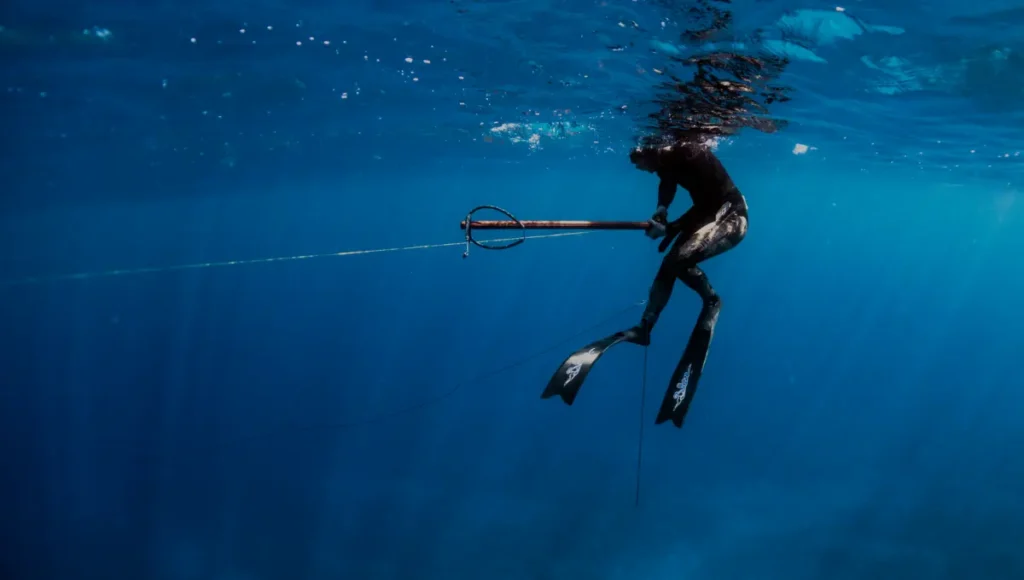
Powerheads are special guns for underwater use. Originally made for hunting sharks and alligators, they’re now popular for spearfishing, especially for big fish like marlin. You can also use them to quickly kill a prized catch before bringing it onto your boat.
A powerhead is a simple attachment for spearfishing gear. It fits onto the end of a spear and holds a round of ammunition. Once loaded, your speargun becomes an underwater firearm, strong enough to take down almost any ocean creature. Because of their power, there are strict laws and safety rules for using powerheads while spearfishing.
Beco .357 Quickload Powerhead
Editor’s Choice: Best Powerheads for Spearfishing
The stainless steel powerhead is compatible with .38 and .357 calibers and easily attaches to a 6mm shaft. It’s lightweight at 8oz and simple to use. Just load it into your speargun, and if needed, you can fire it.
One suggestion is to apply fingernail polish around the primer and where the bullet sits in the casing. This helps seal the cartridge from water, preventing flooding and ensuring your ammo stays dry.
AB Biller .357 Powerhead
Shortlist: Best Powerheads for Spearfishing
Another choice for a spearfishing powerhead is the well-crafted stainless steel model from AB Biller. It’s compatible with .357 caliber ammunition and is known for its reliability.
What’s great is that it’s a bang stick, so you can take the whole thing underwater. However, it can also be screwed on and off a 6mm thread if you prefer to assemble it onto another shaft.
Bill’s Bang Sticks 38 Special .357 Magnum Ultralite Powerhead
Shortlist: Best Powerheads for Spearfishing
The model is touted as one of their bestsellers, featuring a hairpin safety and easy attachment to a 6mm threaded shaft. It can be mounted on a speargun shaft or even a Hawaiian Sling, provided it has the correct thread for the tip. What’s great is they offer variations for other thread sizes at no extra cost, ensuring you get the right powerhead for your shafts.
What are the different types of powerheads?
There are powerhead options to fit different sizes of ammunition. They usually fit handgun bullets like the .357 Magnum or the .44 Magnum, but you can also find larger ones for up to a 12-gauge shotgun shell.
In my opinion, a .357 Magnum is powerful enough to scare away any trouble. After seeing both in use, the bigger powerheads seem unnecessary.
How does a spearfishing powerhead work?
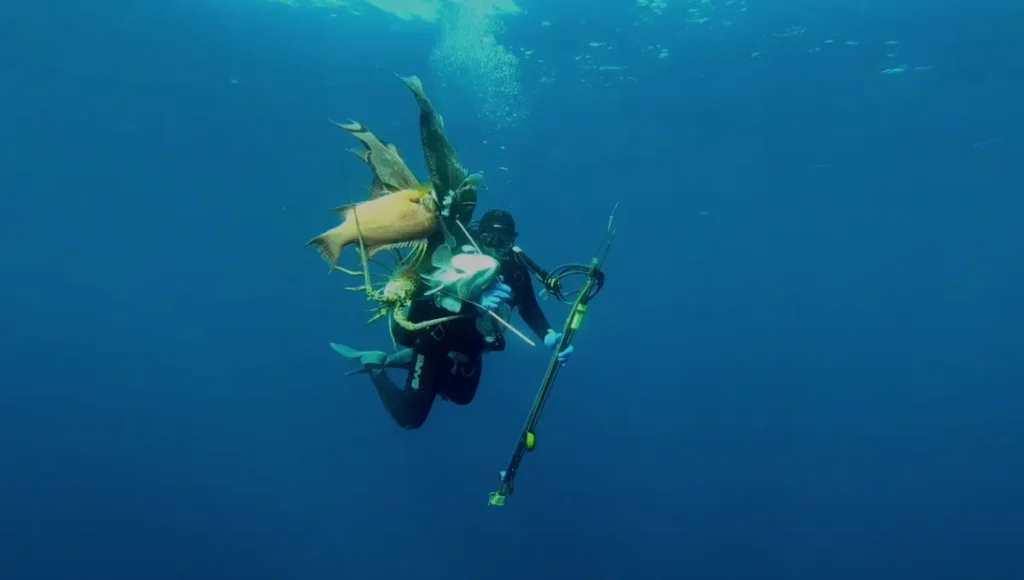
The casing around the ammunition makes the powerhead work like a regular gun. Before firing, you release a safety pin, and when you shoot, the spear acts as the trigger. When the spear hits a target, it sets off the round.
The bullet travels about a meter underwater, causing significant damage. To prevent moisture from getting into the ammunition and causing it not to fire, it’s a good idea to seal it with nail polish. If you haven’t used the round during a dive, it’s safest to get rid of it.
Is a “Bang Stick” the same thing?
There’s another type of powerhead called a bang stick. It’s a simple barrel that holds the cartridge. Depending on the size, it can fit anything from a small .22 caliber to a large rifle bullet or a 12-gauge shotgun shell. The cartridge slides into the barrel, leaving some space, with a firing pin at one end. The tip of the cartridge sticks out a bit from the firing end, usually about a centimeter.
To make it ready to fire, you remove a cotter pin that blocks the cartridge from sliding back. Then, when you thrust the bang stick at your target, the cartridge moves back and hits the firing pin, setting it off. This sends the bullet straight into the target. It’s simple, effective, and works similarly to a powerhead, but with some differences.
Laws on powerhead spearfishing
In Australia, powerheads are classified as Category A firearms. You must have a valid reason, like spearfishing in areas where shark protection is needed, to obtain a permit.
In the United States, powerheads are typically classified as firearms unless they are permanently affixed to a speargun. They’re legal at the federal level, but each state may have its own rules. It’s important to check the regulations in the state where you plan to go spearfishing to see if you need any permits.
How to use a powerhead
I’ve tested both bang stick versions and powerheads attached to a speargun shaft, and I recommend using a powerhead on your speargun. It gives you a bit more distance, which is important for safety when spearfishing with a powerhead.
Here’s how my setup works: I mainly use it for deep-water spearfishing, especially when targeting kingfish in the open ocean. I don’t usually carry a powerhead when diving around reefs, as it’s risky and not always necessary.
What I use is a dedicated powerhead speargun.
I have a speargun with a powerhead permanently attached to the shaft, always loaded but with the safety ON. I use it specifically for protection during bluewater spearfishing. Having it permanently set up is safer and saves time compared to screwing on a powerhead when needed.
I leave the powerhead-less speargun with my buddy at the surface while I dive, and vice versa when they’re spearfishing. To shoot, you pull the safety pin and take your shot. The spear hitting the target triggers the bullet to fire. Both the blast radius and the bullet cause damage, so be ready to exit the water quickly to avoid attracting more sharks.
The ethics of powerhead spearfishing
I have great respect for sharks. While I’ve encountered aggressive bull sharks and lost fish to them, I’ve never had to shoot one. In all my years of spearfishing, sharks have mostly kept their distance from me. I use stringers and float lines to keep the catch away, and most sharks just take a quick look and move on.
My rule is to avoid injuring sharks unless it’s necessary. I’ve seen how a gentle prod on the nose can deter even big bull sharks during a dive in Fiji. If you’re targeting big pelagic fish like marlin, a bang stick can be useful before bringing them onto your boat.
So should I start spearfishing with powerheads?
Powerhead spearfishing is a topic that divides opinions. While legal in some areas, I believe using a powerhead isn’t necessary to catch fish. It’s not very fair and can cause more damage than needed.
A regular speargun can take down big fish with a well-aimed shot. However, powerheads can be handy for protection, especially as a last resort. I strongly suggest having one for safety while spearfishing. Enjoy your diving adventures!
Conclusion
While the debate over the best powerheads for spearfishing continues, it’s clear that safety, legality, and ethical considerations play crucial roles in the decision-making process. Whether viewed as essential tools for protection against marine predators or as controversial devices with potential environmental impacts, selecting the right powerhead involves careful research and adherence to local regulations.
Additionally, prioritizing responsible hunting practices and minimizing harm to marine life is paramount. Ultimately, spearfishers must weigh these factors and make informed choices that align with their values and commitment to sustainable and ethical spearfishing practices.
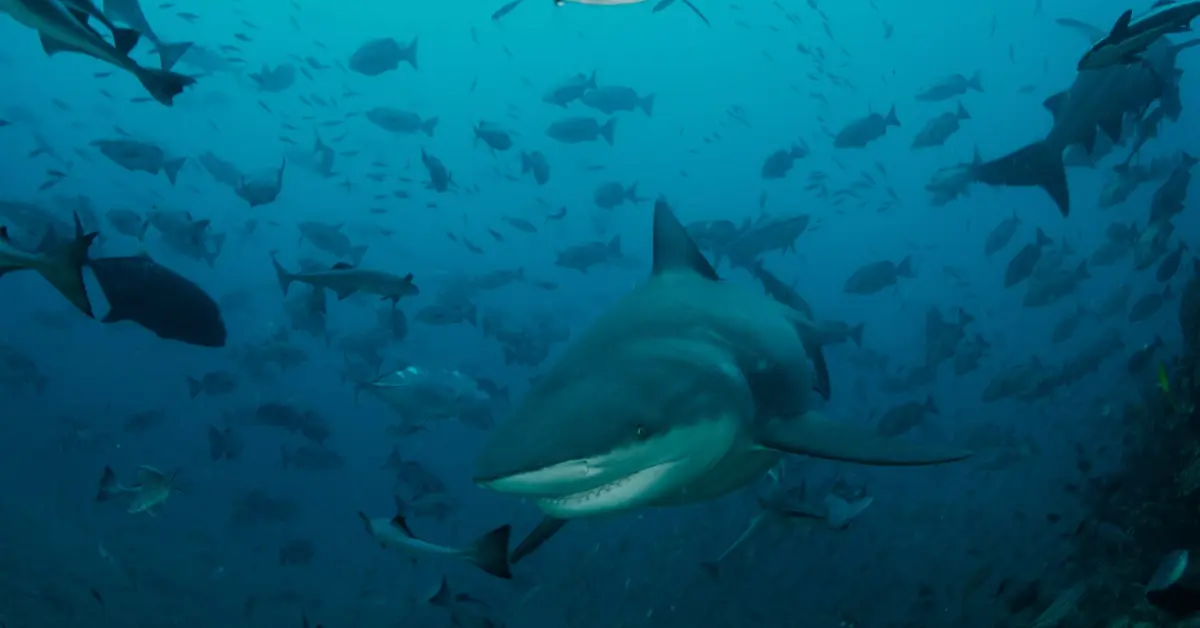
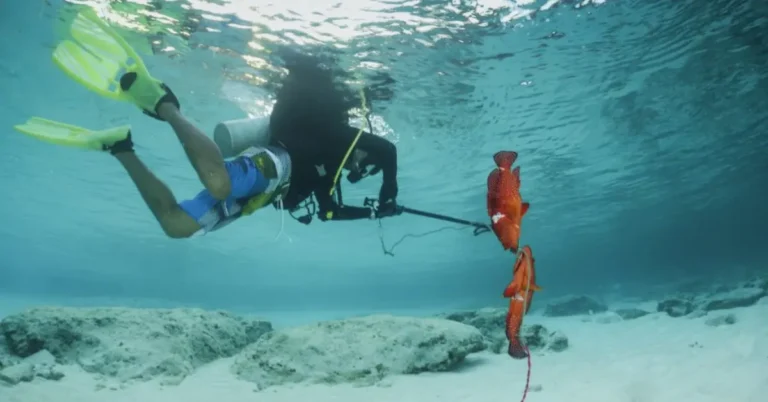
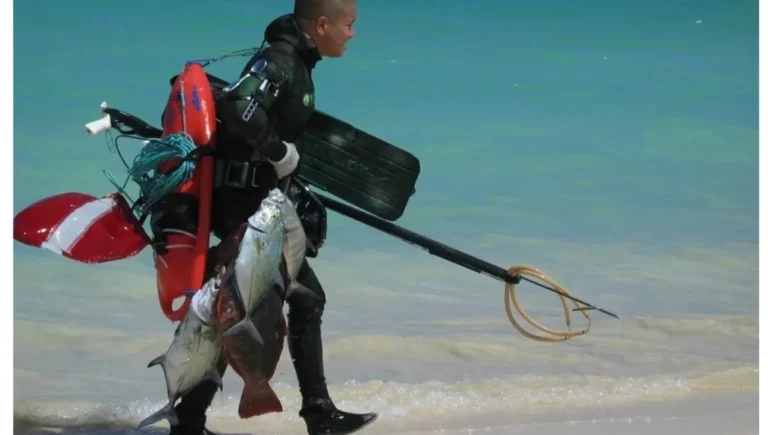
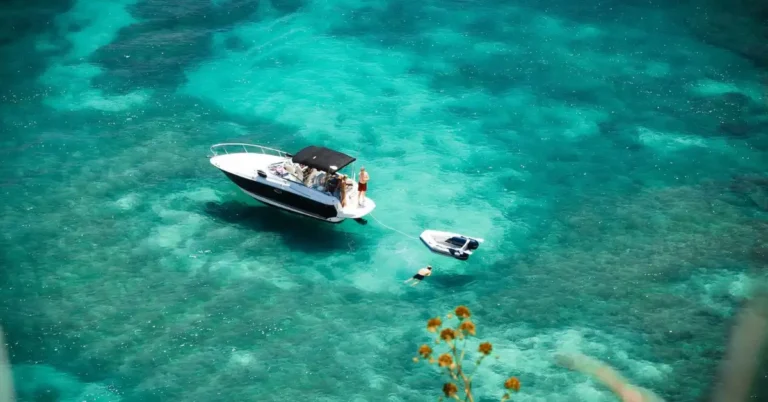
![Is Spearfishing Dangerous? [How Can It Be Done Safely?]](https://wildsportexplorer.com/wp-content/uploads/2024/04/Untitled-design-2024-04-03T193134.769-768x402.webp)
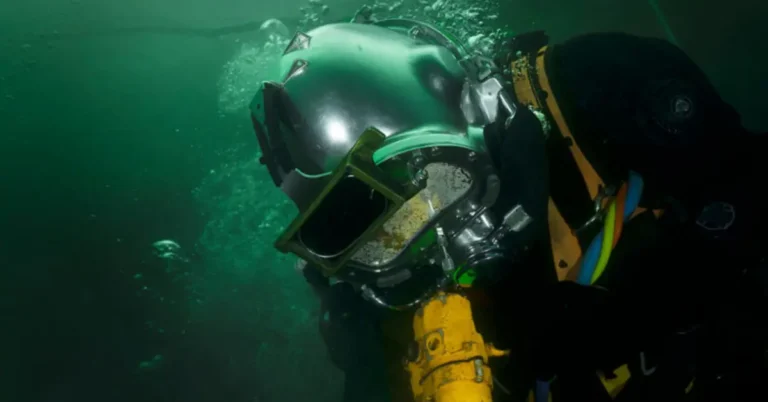
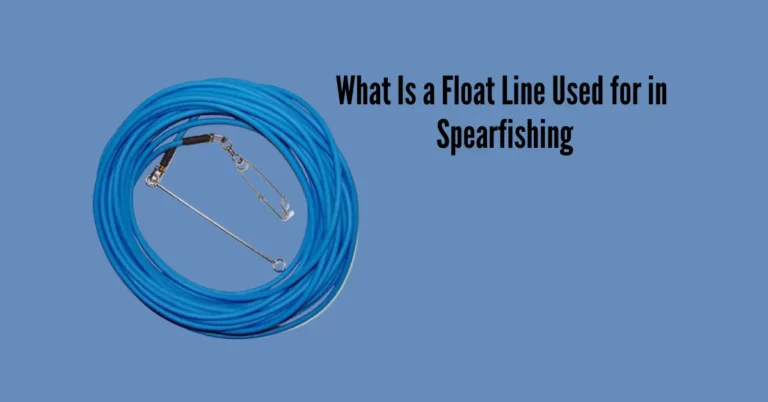
Nice article